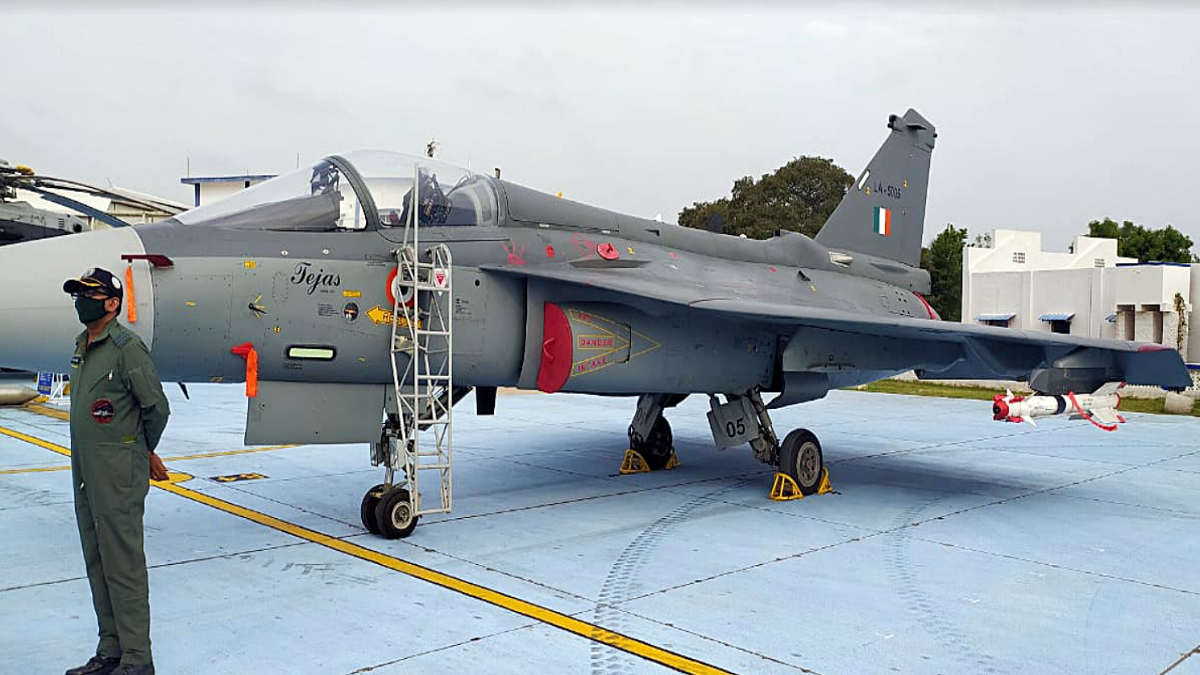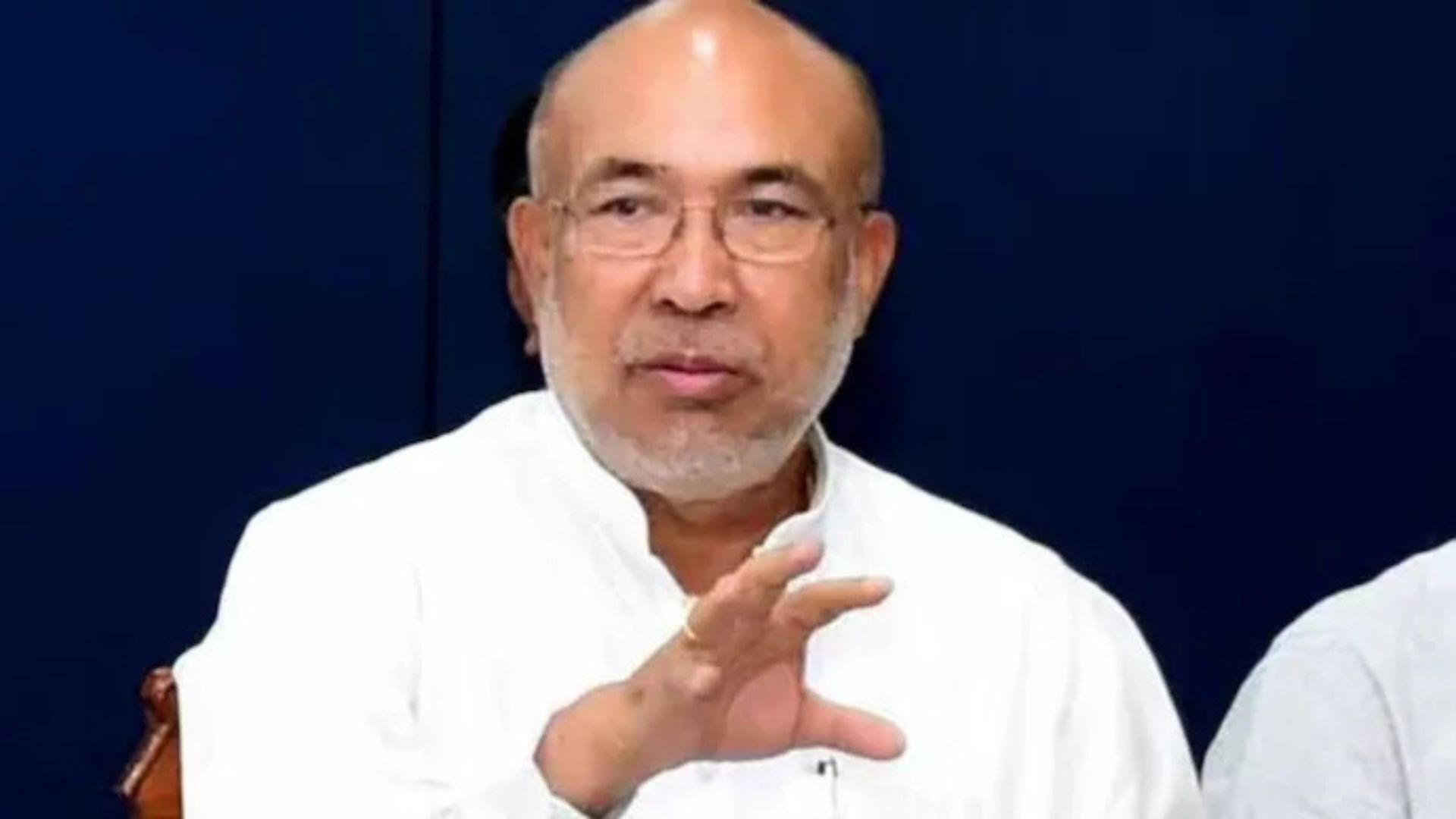
From 12 January to 26 January, a contingent of Indian Air Force jets will participate in “Veer Guardian 2023” air exercise with the Japan Air Self Defense Force (JASDF) at the Hyakuri air base in Japan. While the Armies and the Navies of the two countries have been participating in joint exercises, it is for the first time that the air component has been added to India-Japan military exercises. That such a joint exercise is being conducted at a time when the Japanese government under Prime Minister Fumio Kishida is being accused of going soft on China is significant. The latest exercise adds heft to the message being sent to the PRC that the two countries mean business in the face of unprovoked aggression by the Chinese. This also has to be seen in the context of the military exercises that are regularly conducted among the Quad countries, as well as the Yudh Abhyas military exercise that was conducted by Indian and US forces in November 2022, in Auli, around 100 km from the Line of Actual Control (LAC). In fact, looking at the innumerable military exercises that the Quad countries have been participating in, either jointly or quadrilaterally, and the locations of these exercises, their China focus—also North Korea when the exercises took place off the coast of Japan in November— cannot be ignored. Given that People’s Republic of China is the most malign power that the world has seen in a long time, the obvious question in this context is: will there be more to these exercises than a show of strength? In other words, when will more teeth be added to the Quad, specifically, a formal security component? Right now, even though the Quad has graduated from being a mere chat-room to a putative strategic partnership, where the four countries have committed themselves to upholding a rules based international order and a free and open Indo-Pacific that is inclusive and resilient, how will this Quad “charter” be implemented in case of an act of aggression by the PRC on either India or Japan, or any of the smaller South China Sea countries? Sometime around August-September 2020, Stephen Biegun, who was the then Deputy Secretary of State in the Donald Trump administration, had stated that the US was trying to formalise the Quad into a Nato-like alliance. Two and a half years later, that statement sounds far-fetched, given that Trump’s successor Joe Biden seems more keen to keep Chinese President Xi Jinping happy than to take actual measures to ring-fence him—don’t forget his dash across the dais to smile and shake hands with Xi at the Bali G-20, or the strange statement from the PRC that went unchallenged by the US that the latter had agreed not to contain China by forming any partnership. But interestingly, there is much more to the US than Biden, and there is enough unhappiness with the PRC in the US for even Biden to wear his “love” for the Chinese Communists on his sleeve. However, that doesn’t mean that Quad can be another Nato. Lest we forget, Russian President Vladimir Putin made Nato the excuse to attack Ukraine, or that PRC has been accusing the Quad partners of trying to turn their platform into another Nato. Any step in that direction, and it is not known if the Communists in PRC will behave like ex-Communist Putin. In such a scenario, the least that the Quad countries can do is to start mentioning in their joint statements that an attack on a partner country will be construed as an attack on all the other partners. After all, that is what these joint exercises signify, don’t they? The only reason that the Indian and Japanese Air Forces will exercise together is to send an implicit message that if the PRC opens a warfront, another front may always open up. So why not float that message formally in the next Quad leaders’ summit to be held in Sydney, Australia, a few months from now? Knowing the squeamishness of the Indian external affairs establishment towards any security alliance—lest they anger the PRC—the start can be made through joint statements, that any violation of the territorial integrity of any of the Quad partners will be considered as a violation of all the partners’ sovereignty. A simple sentence like that—couched in politer diplomatic language—should go a long way in hitting home the message that has to be conveyed; apart from becoming a baby step towards the formalisation of a security “partnership”. As otherwise, what is the point of all these military exercises, if the Quad cannot also be a security provider for the region, in a Quad Plus set-up comprising countries that are facing PRC aggression? Leaving everything in the realm of the unsaid may not be the right way to go about things.















